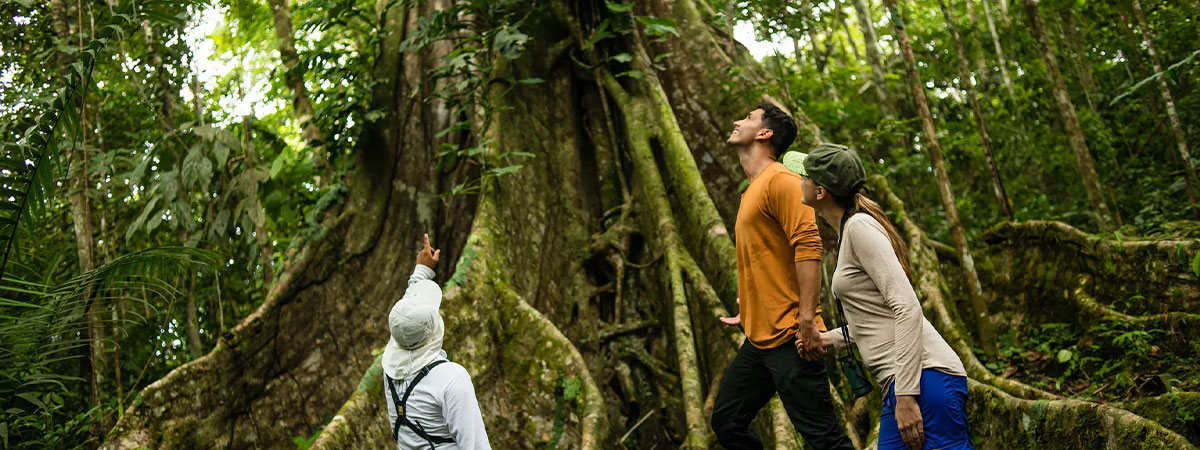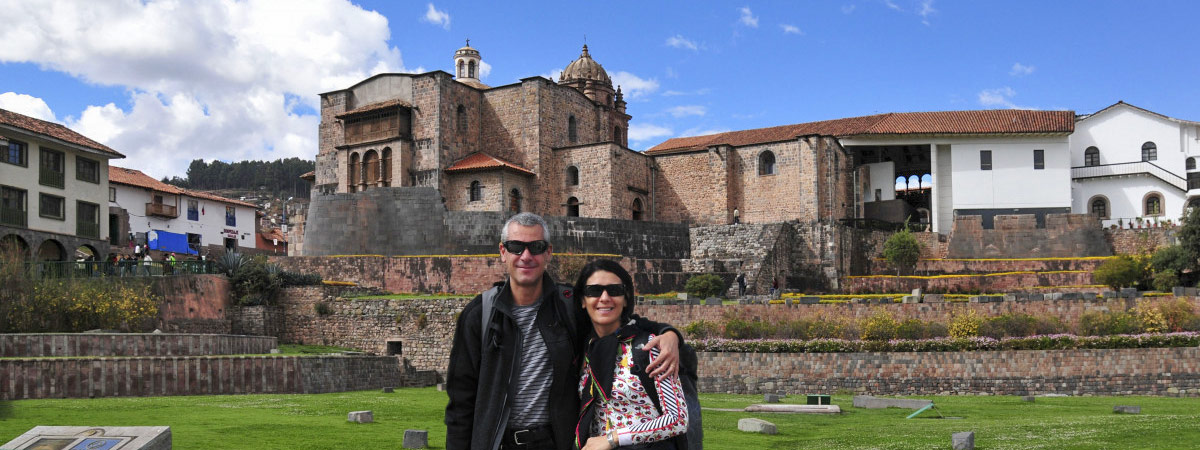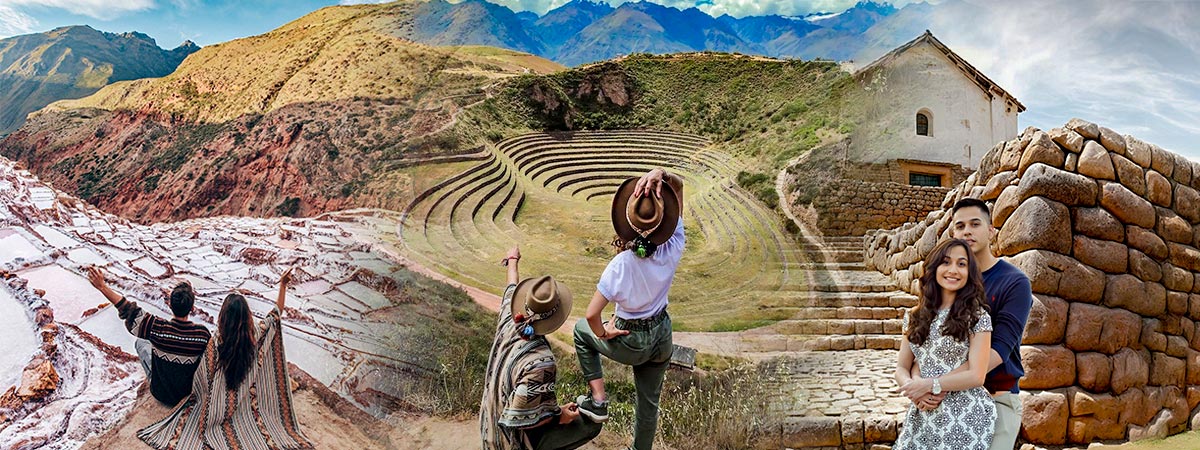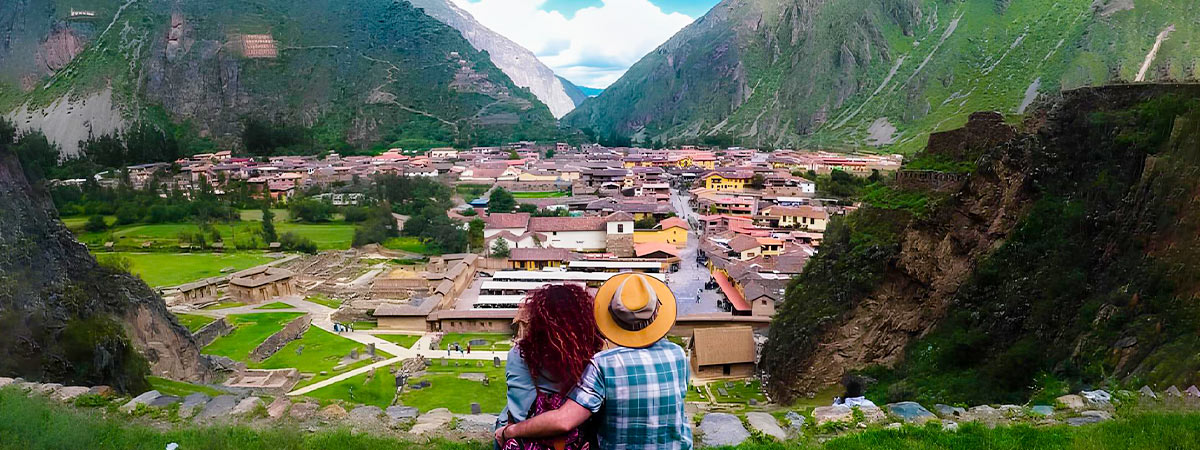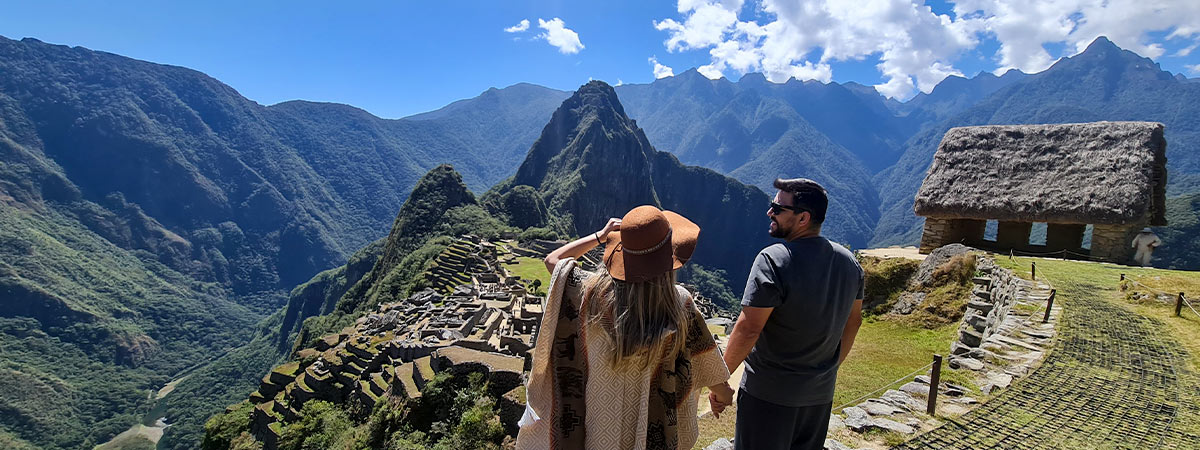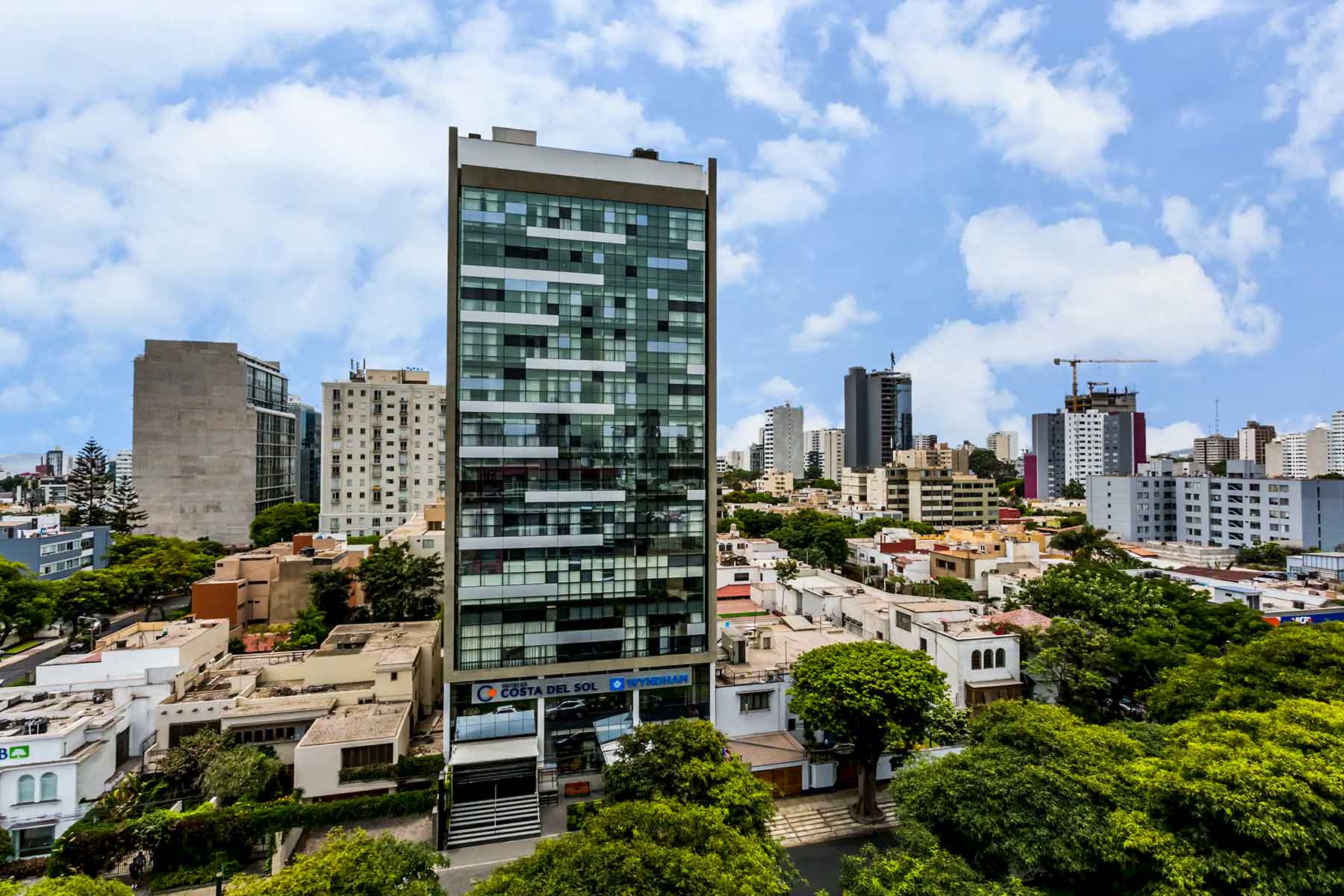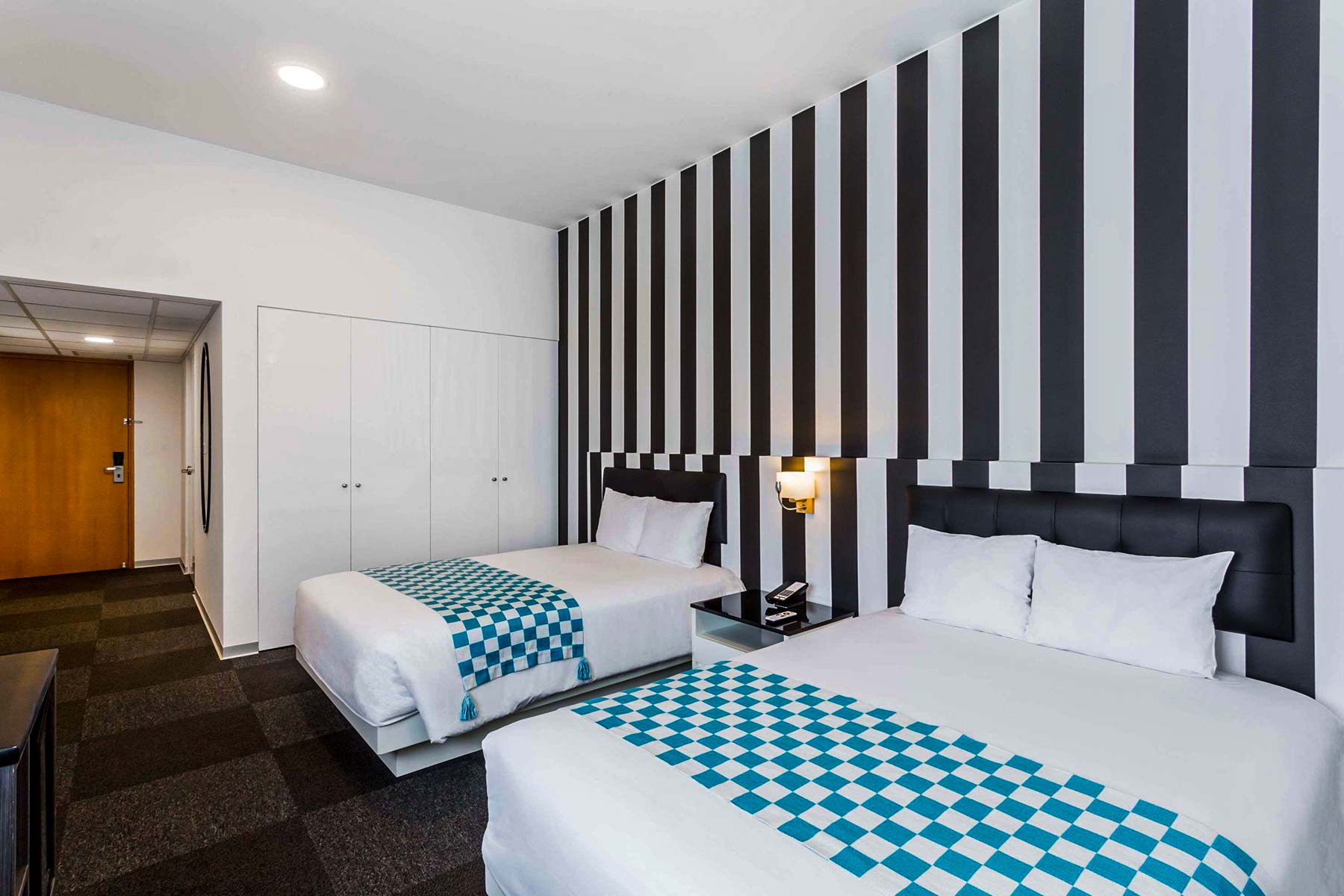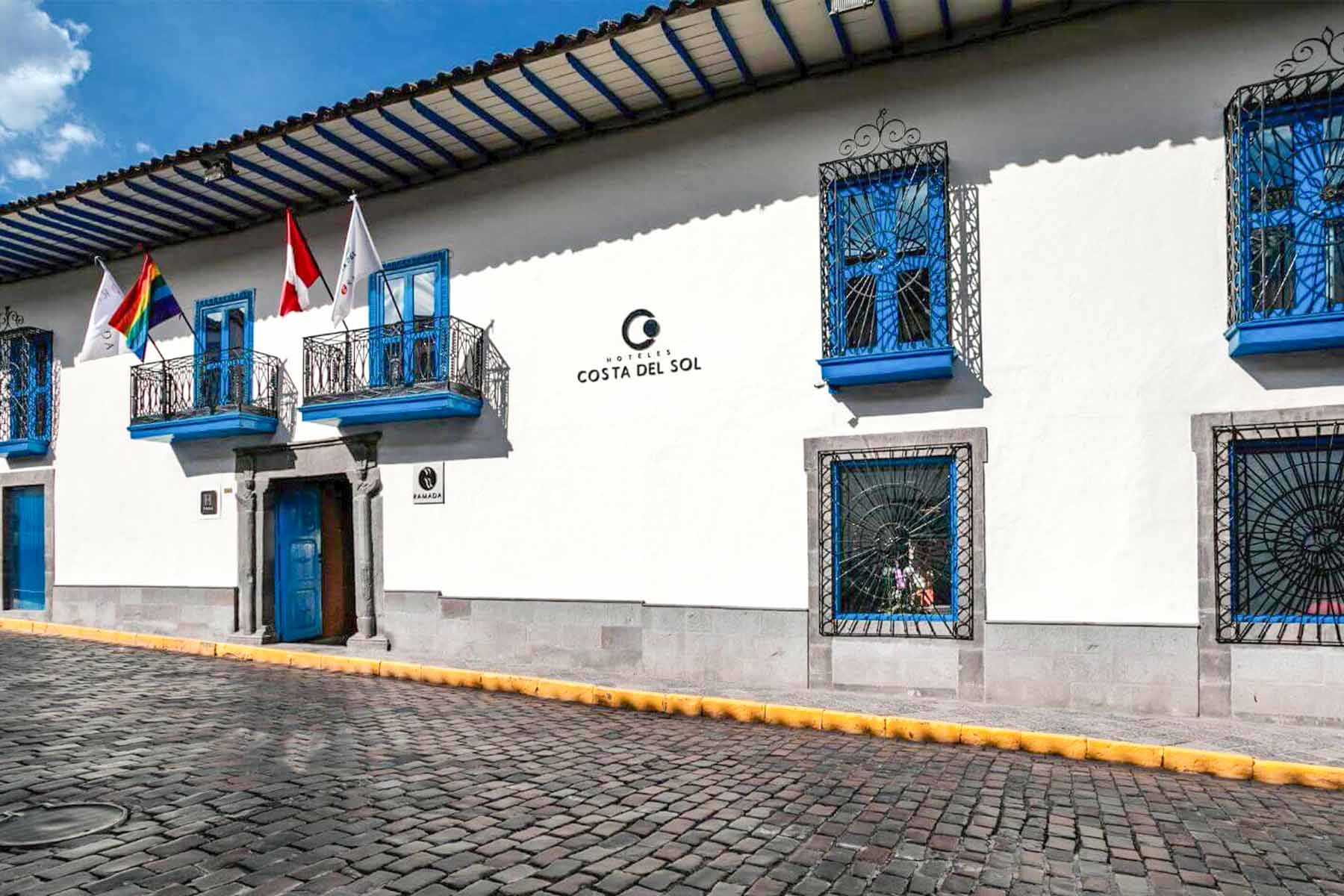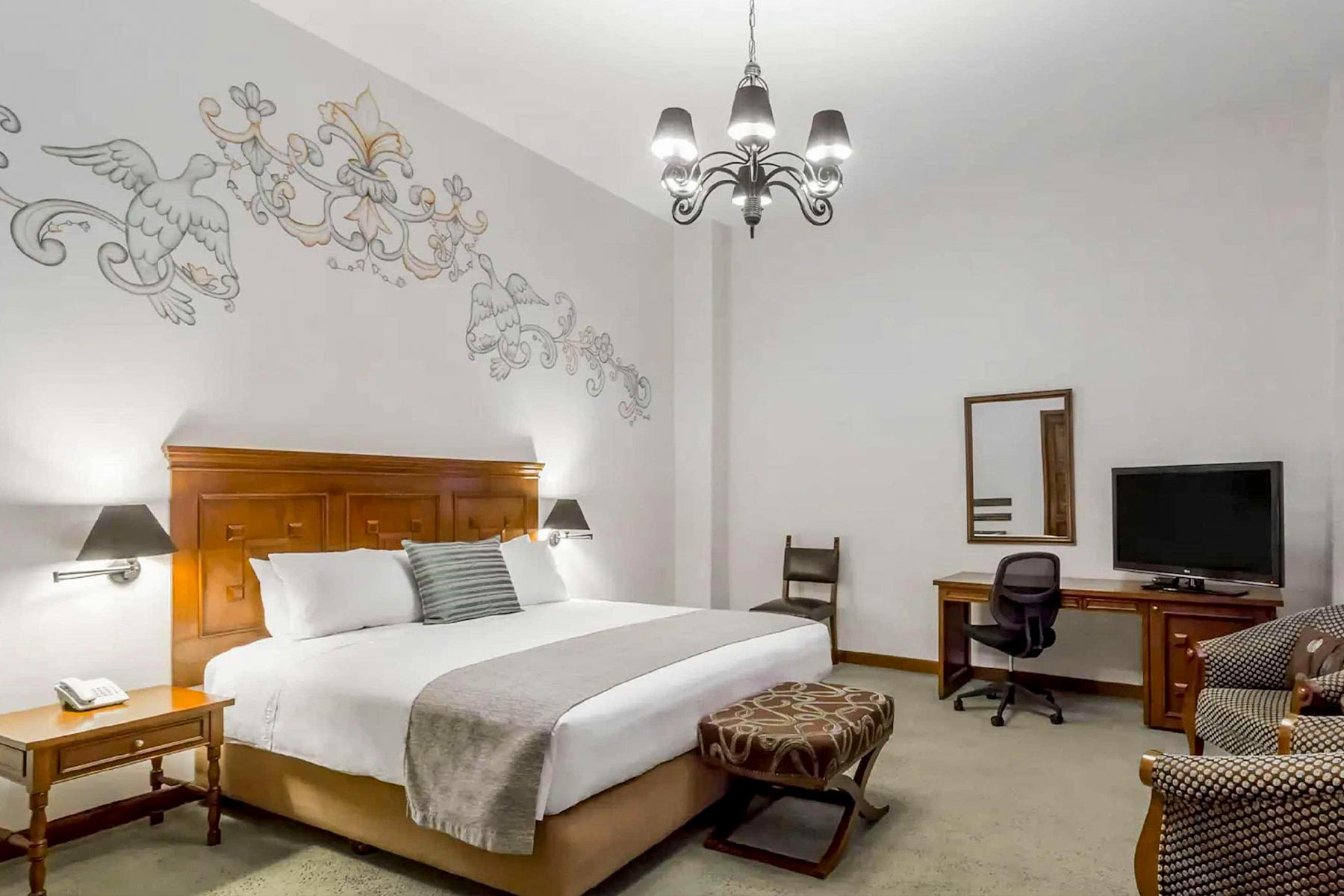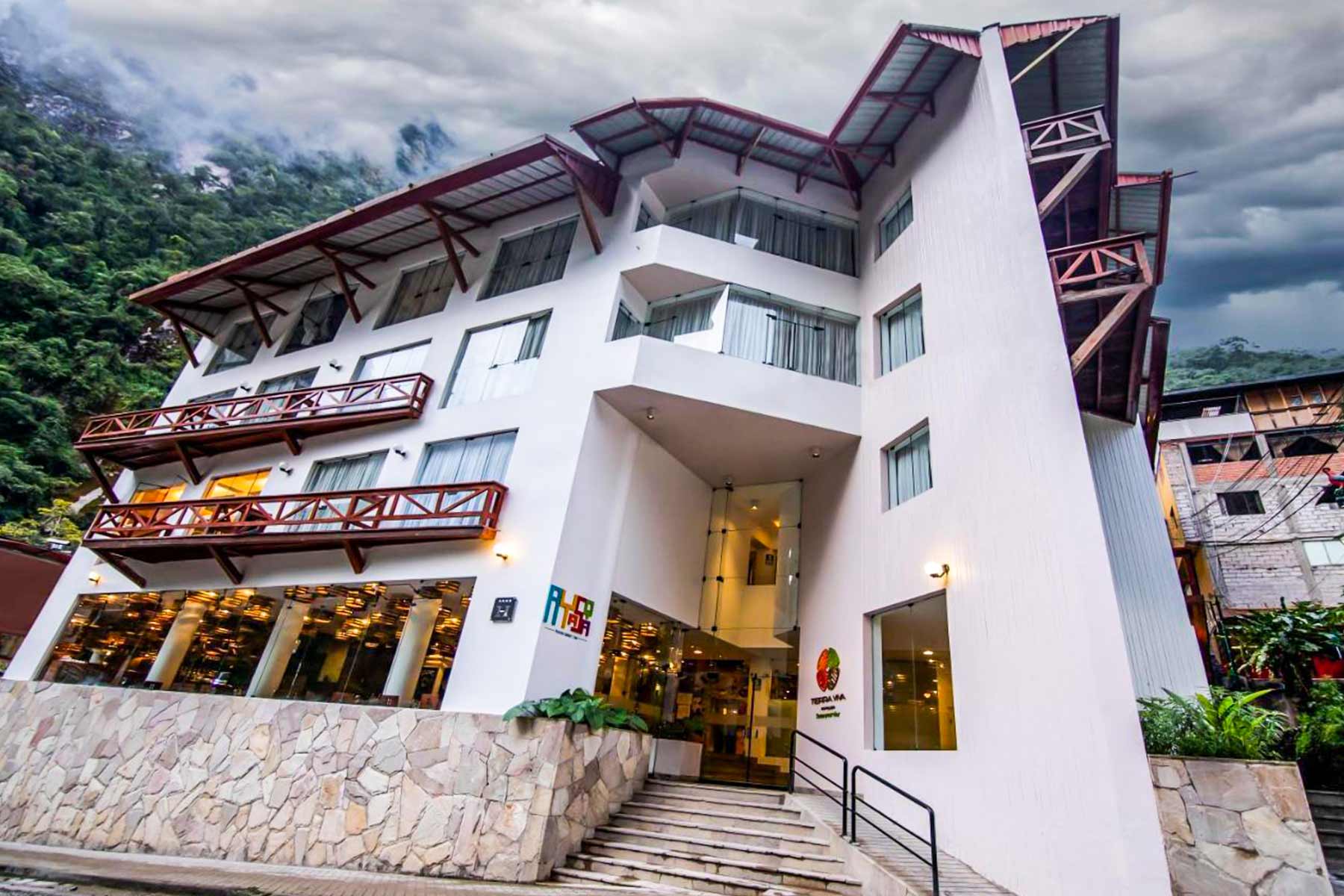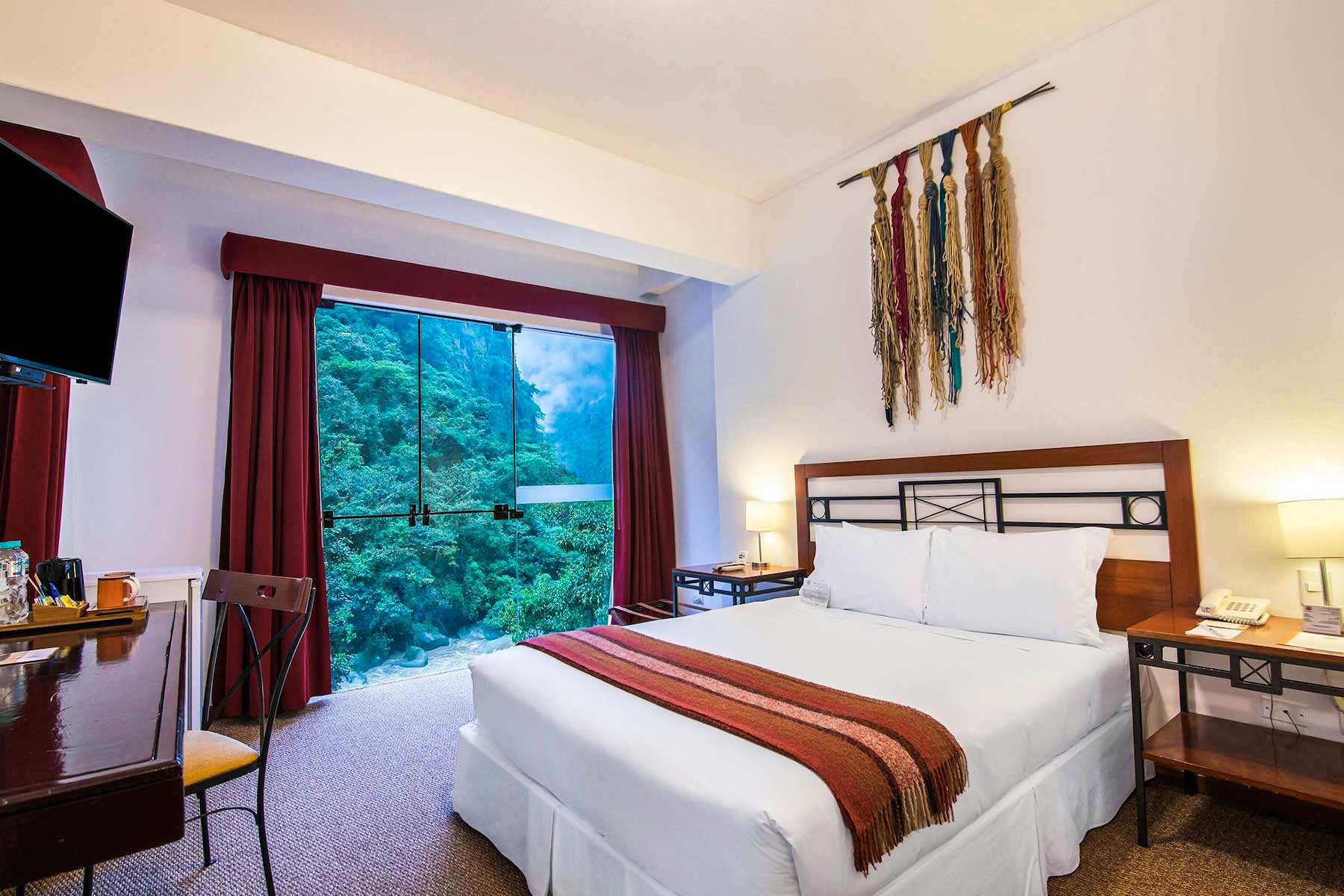Machu Picchu - Amazon Honeymoon
Description
This Peru honeymoon package is a specially planned unique romantic Peruvian getaway. It includes the travel, accommodation and experience of the magical Machu Picchu, Sacred Valley and Cusco Area high in the Andes mountains. Your honeymoon includes luxury accomodation in the cities you visit and comfortable eco-friendly cabins in the jungle with choices of fun activities, travel in private car, boats and airplanes, guided jungle tours and discovery tours of Cusco, the Sacred Valley of the Incas, Machu Picchu. The scenery is some of the most diverse and beautiful in the world. Your Peru Honeymoon will be an unforgettable beginning to your life together. Time to unwind on this travel package and time to explore this unique culture and history through the silent voices of the monoliths and hundreds of Inca ruins including Machu Picchu, one of the Seven Wonders of the World. Relax in the lush, vibrant, lifeforce of the Amazon jungle. Experience the flora and fauna unique to the largest jungle in the world.
What to Expect
Tour Overview
Sustainable Tourism: At Tierras Vivas, we are happy to promote and practice sustainable tourism by being eco-friendly and supporting local communities.
Tour Operator: Peruvian Amazon (Rainforest Expedition), Cusco (Tierras Vivas Travel)
Service Level: Comfortable and Luxury and private transport.
Difficulty: 3 - moderate; Some high altitude points and strenuous walk, but accesible to healthy travellers.
Accommodation: Hotel (7 nights), Jungle Lodge (2 nights)
- Lima: Costal del Sol Hotel Wyndham
- Cusco: Costal del Sol Cusco
- Machu Picchu: Tierra Viva Machu Picchu
Meals: 08x breakfast, 2x Buffet Lunch Tunupa Restarutante, 02x Lunch and 02x Dinner in Amazon
Transportation: 3x domestic flights, transportation by private van, motorboat transportation, 1x Vistadome train.
Quick Itinerary
Day 01: Lima and transfer to the Costa del Sol Hotel Wyndham
Day 02 - 03: Peruvian Amazon
Day 04: Flight from Puerto Maldonado
Day 05: Cusco City
Day 06: Maras, Moray and Salineras
Day 07: Sacred Valley to Machu Picchu
Day 08: Machu Picchu
Day 09: Flight from Cusco to Lima
Day 10: Departure day
Highlights of the Machu Picchu Amazon Honeymoon Package
- The opportunity to explore and experience the largest and most ecologically diverse jungle in the world
- Look for animals, birds, reptiles and mammals and other creatures in the wild.
- Learn interesting information about this jungle from knowledgeable bilingual local guides while walking the Amazon paths.
- Sleeping in the eco lodge for 2 nights creating a unique, raw and incredibly romantic nights in a pulsing vibrant environment filled with life of thousands of species, some of which sing to you all night.
- Discover Cusco, the old Incan capital of South America. Cusco is fascinating culturally, historically, architecturally and energetically. Peruvians are a very friendly and helpful people even when you don’t speak Spanish.
- Machu Picchu is without a doubt, one of the most romantic places in the world.
- This area of the world is known for its powerful energy vortex. Thousands of people visit this whole region for their own personal transformation.
- Accommodations, whatever you may choose are focused on high quality, architecture and facilities. superior service, romantic atmosphere and one of a kind hotel locations.
Itineray Details
Day 01: Lima Arrival.
Arrival in Lima. Your Peru Honeymoon starts with a pick up from the Lima airport, where our Representative holds a paper with your name on it. Then you are transferred to your hotel. Please note that this is an arrival day, so no activities are planned. You can arrive any time.
Lima is the capital and also known as the ‘City of Kings’ as it was founded by Francisco Pizarro on the Day of the Three kings (Epiphany) in 1535. The Plaza de Armas is central old Lima. Here, in this vicinity is The Government Palace, Cathedral and Archbishops Palace. There is also a beautiful coastline incredible museums and amazing fresh gourmet food.







